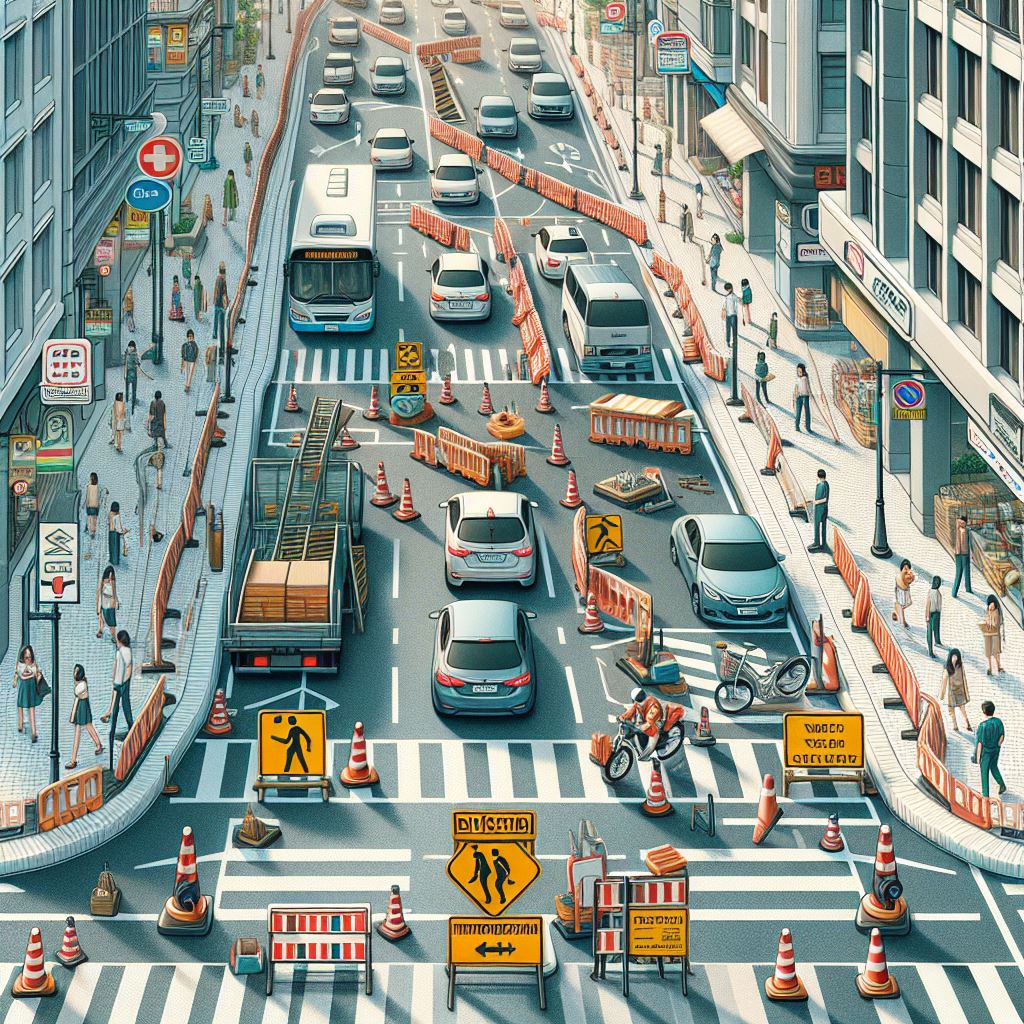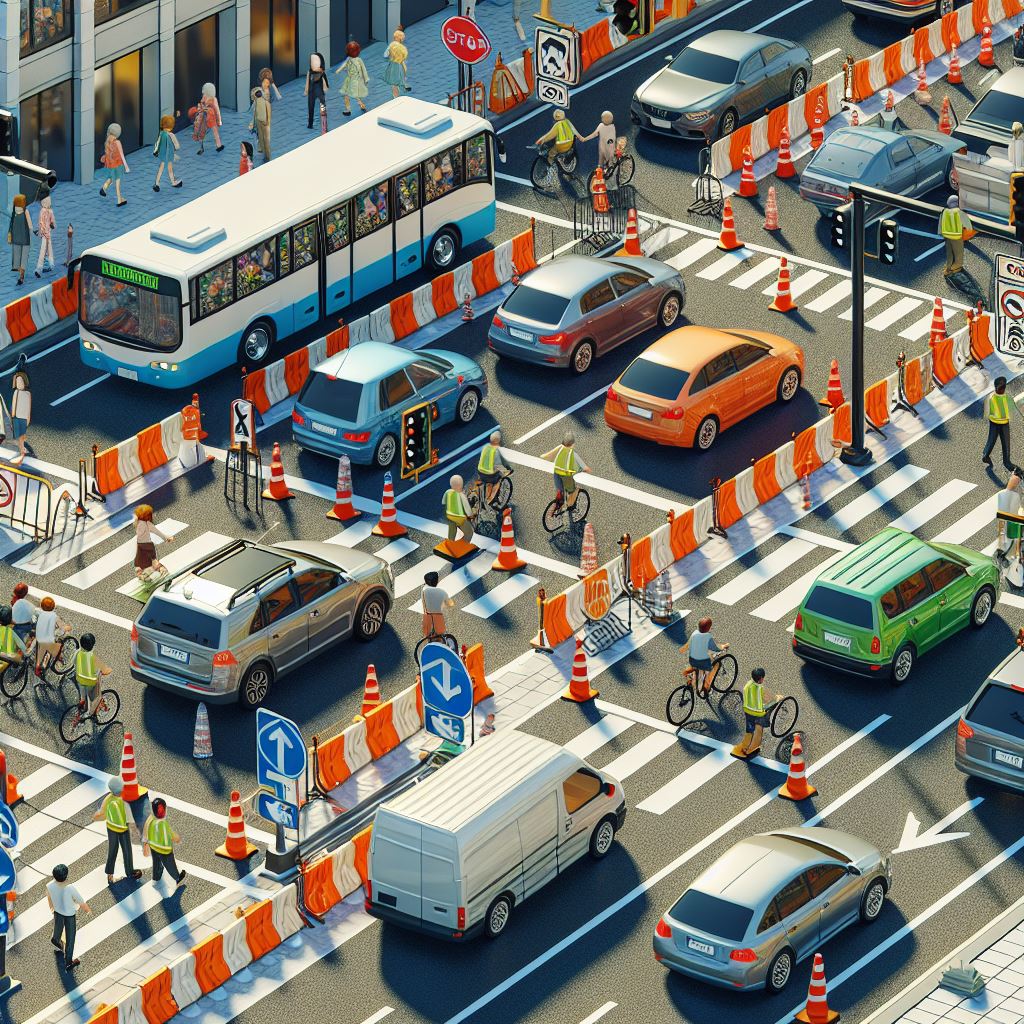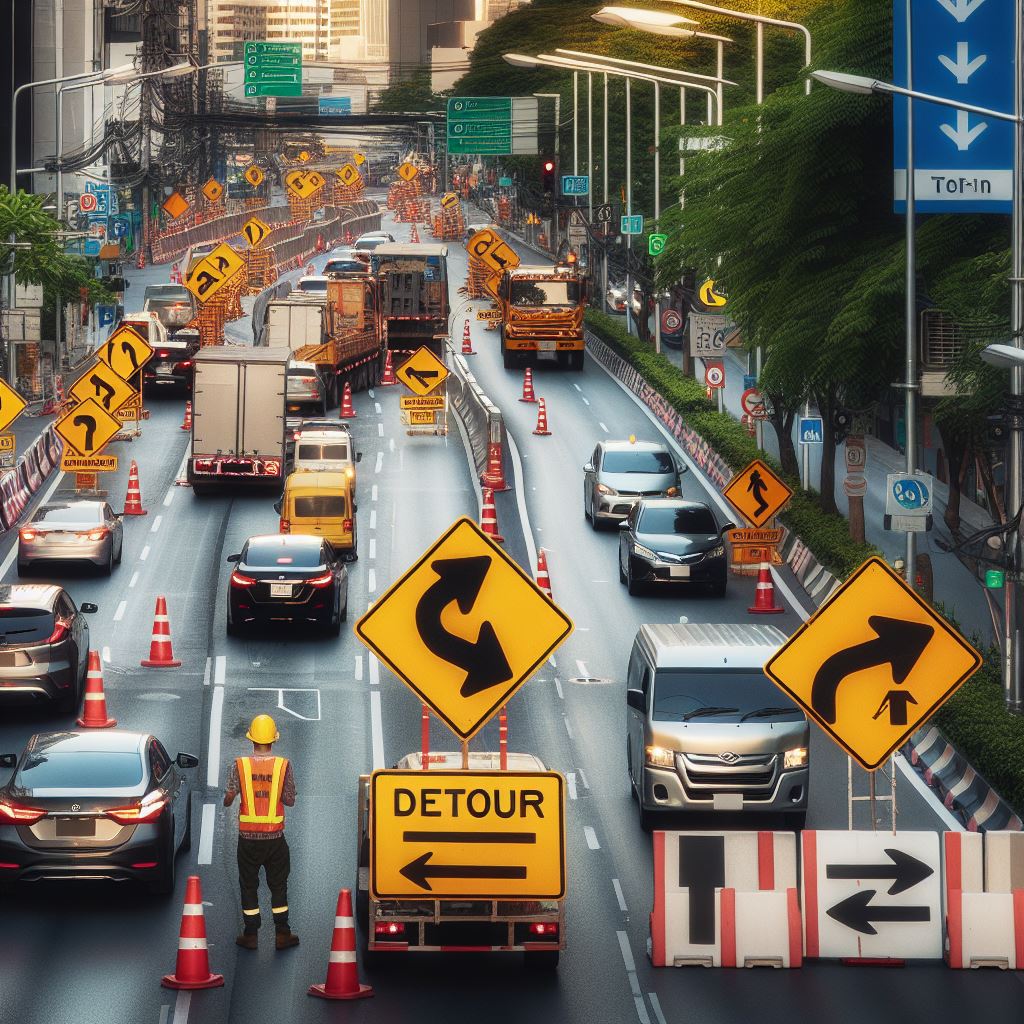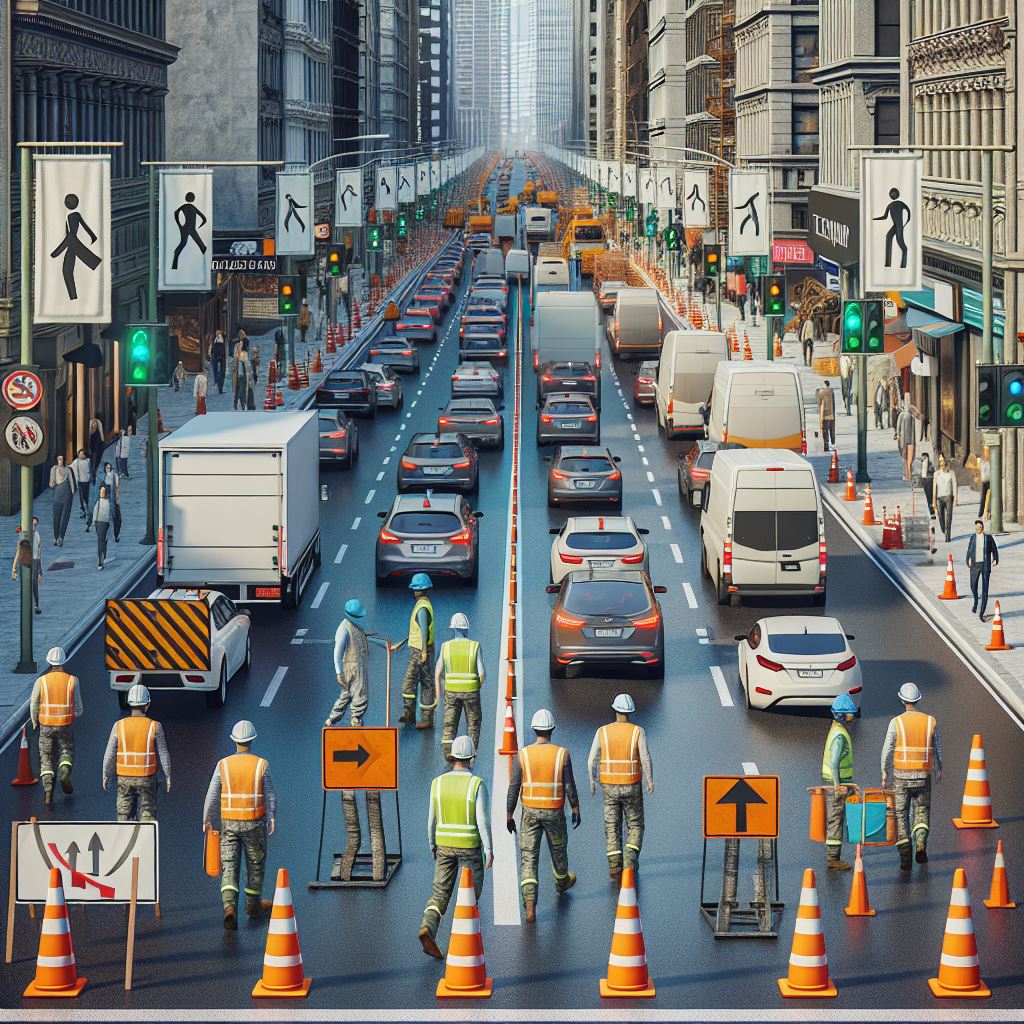Traffic diversion is a crucial component of road construction and maintenance projects. It involves redirecting traffic from its usual path to ensure the safety of both workers and road users. Proper traffic diversion plans are essential to minimize disruptions and maintain smooth traffic flow.
Key Components of Traffic Diversion:



You can be confident that our team will handle all aspects of traffic diversion and safety measures with the utmost professionalism. We are committed to helping you navigate any situation with ease and ensuring the success of your projects.


Vision
Leading in innovative, sustainable architectural design.
Mission
Delivering exceptional design through innovation, sustainability, collaboration, and excellence, specializing in diverse architectural styles.